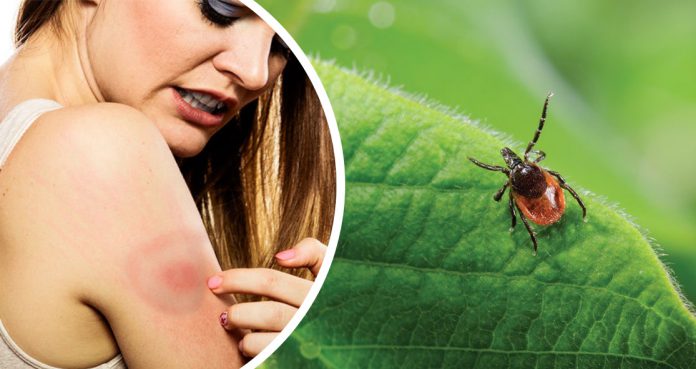We often develop a skin rash or a skin infection that we have no clue about. Sometimes, a normal itch or a rash can be an indication of a serious disease or illness. And one such disease is Lyme disease.
The signs and symptoms of Lyme disease include fever, chills, fatigue, muscle pains, and rashes or blisters. Some may even experience numbness and headaches more often than not.
Cases of Lyme disease
Traditionally, more prevalent in the Northeast, Lyme disease has now been found in all 50 states, including the District of Columbia. California and Florida had the highest percentage increase from 2015 to 2017.
Officials say the black-legged tick has been expanding into the southern and western U.S. as well as into Canada, increasing the number of cases in North America.
The CDC estimates that more than 300,000 cases of Lyme disease are reported in the U.S. each year.
About Lyme disease
If you are bitten by an infected black-legged or deer tick bit, Borrelia Burgdorferi, the pathogenic bacteria, causing Lyme disease. The deer tick is infected if it feeds on infected deer or mice. These ticks are often found in wooded and natural forest areas. Lyme disease, in humans, is caused when the infected tick stays on the skin for 24 to 48 hours, transmitting the infection.
Three Stages of Lyme disease
First Stage: In the initial stage, one may experience localized rashes on the skin, which are known as erythema migrans. These rashes are not painful or itchy in the early stages but are warm to touch.
Second Stage: The second stage is the early disseminated Lyme disease, which occurs a few weeks after the bite The stage is characterized by flu-like symptoms.
Third Stage: This is the late disseminated Lyme disease, which occurs when you do not receive treatment in the first and second stage. This stage is characterized by the aggravation of the symptoms.
Lyme disease Treatment
Lyme disease should be treated in its first stage itself to prevent further aggravation. Doing so will help reduce the chances of the disease entering the second stage that is characterized by painful and distressing symptoms. Treating the disease in its first stage will ensure prompt recovery.
In the early stages, people treated with appropriate antibiotics usually recover rapidly and completely. Oral antibiotics commonly used for Lyme disease include doxycycline, amoxicillin, or cefuroxime.
If the victim happens to enter the second stage, it may take a bit longer to subside the symptoms. People with neurological or cardiac complications of Lyme disease may require aggressive medical intervention, which includes treatment with intravenous antibiotics – such as ceftriaxone or penicillin. Disclaimer: The above-mentioned suggestions are for general information purposes only. They should not be substituted with professional medical advice. Always check with your PCP if you have any questions about Lyme disease.




















